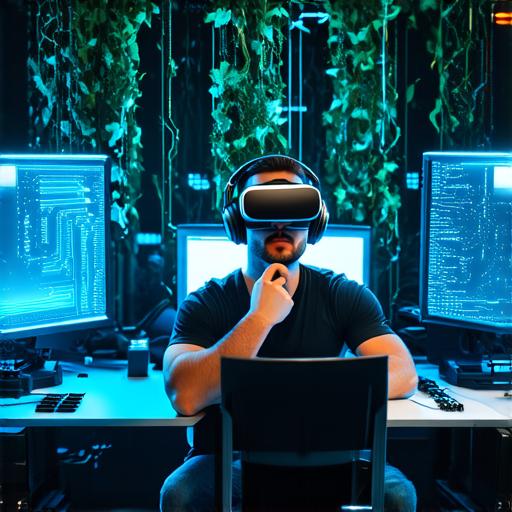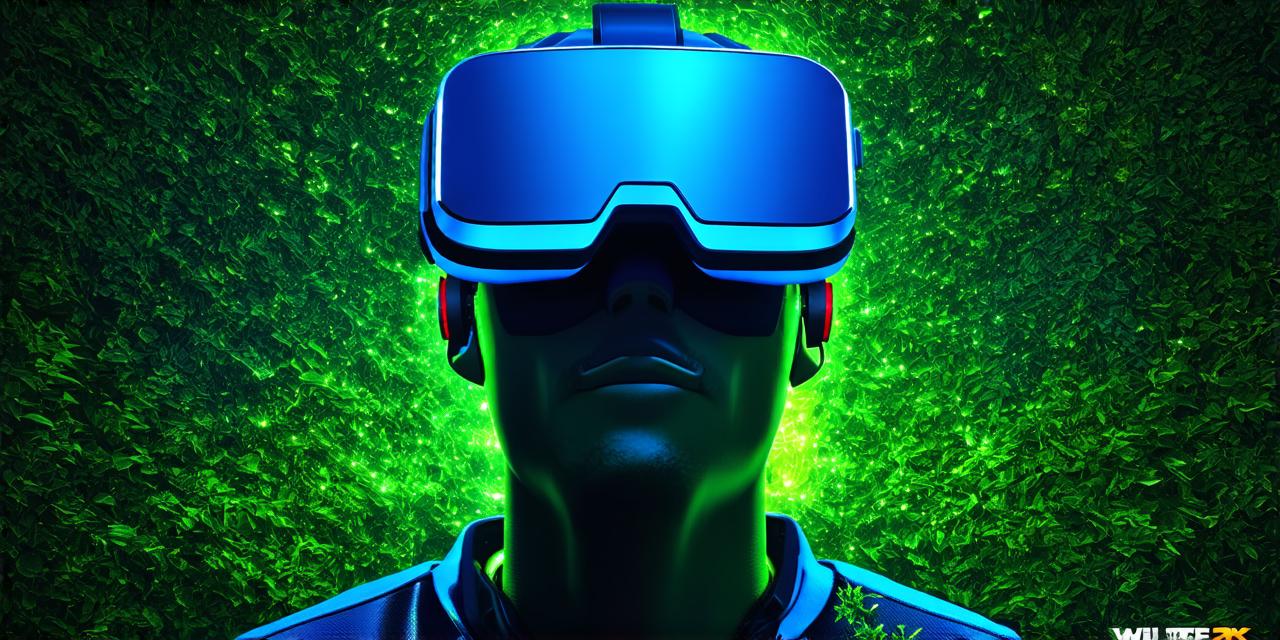Virtual Reality (VR) is a computer-generated simulation of a 3D environment that can be interacted with in real or near-real time using specialized electronic equipment, such as a headset or gloves equipped with sensors. VR software refers to the programs and applications designed specifically for use with VR systems.
Types of VR Software
There are several different types of VR software, including:
-
Game software: Games designed specifically for play in a VR environment, such as first-person shooters or puzzle games.
-
Educational software: Programs designed to teach specific skills or concepts through interactive simulations, such as virtual field trips or language learning programs.
-
Training software: Applications used to simulate real-world tasks and situations for the purpose of training employees or professionals, such as medical procedures or military operations.
-
Product visualization software: Programs used by designers and engineers to create and test 3D models of products and systems in a VR environment.
-
Entertainment software: Programs designed to provide entertainment experiences, such as virtual concerts or immersive movies.

Requirements for VR Software
To be effective, VR software must meet several key requirements:
-
Compatibility with the VR hardware: The software must be designed to work seamlessly with the specific VR system being used, such as a certain headset or controller.
-
Realism and immersion: The virtual environment must be convincing and engaging, and the user must feel fully immersed in the experience.
-
Interactivity and control: The software must provide users with intuitive and responsive controls that allow them to interact with the virtual world in a natural way.
-
User-friendliness: The software should be easy to use and navigate, even for those who are not familiar with VR technology.
Examples of VR Software
Some popular examples of VR software include:
-
Oculus Quest 2: A virtual reality headset that comes with a built-in computer and a wide range of pre-installed games and experiences.
-
Half-Life: A first-person shooter game designed specifically for VR, which allows players to explore a virtual world filled with enemies and obstacles.
-
Beat Saber: A rhythm game that uses virtual reality to allow players to slice through blocks in time to music.
-
Tilt Brush: A virtual reality painting program that allows users to create 3D artwork in a virtual environment.
Conclusion
VR software is an essential component of the VR experience, providing users with immersive and interactive environments that can be used for entertainment, education, training, and more. As VR technology continues to evolve, we can expect to see even more innovative and exciting uses for VR software in the future.
